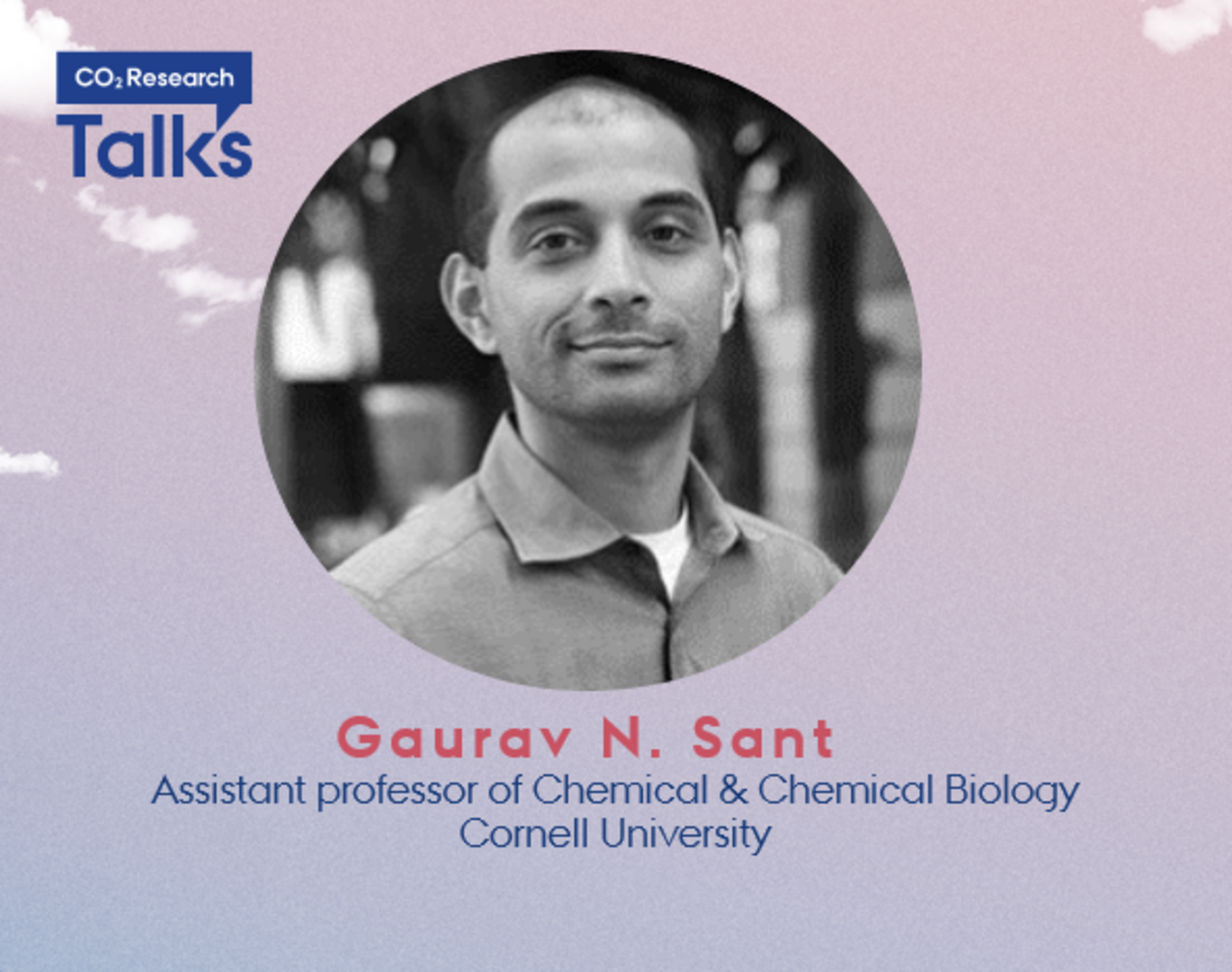CORC CO₂ RESEARCH TALKS PRESENTS: Gaurav N. Sant 20 March at 16:00 CET
Second CO₂ Research Talk of the year features assistant professor Gaurav N. Sant from University of Cornell, the Department of Civil and Environmental Engineering, and holder of the Edward K. and Linda L. Rice Endowed Chair in materials science.

Info about event
Time
Location
Online
Organizer
Dr. Sant's research is focused on elucidating structure-property relations in inorganic materials including metallic, and non-metallic materials, and specifically understanding how reaction processes are formative, and/or destructive of microstructure. As thrust areas, the research, which spans from "atoms to infrastructure", seeks to quantify solute-solvent reaction dynamics at interfaces, monitor, manipulate and mitigate electrochemical corrosion processes and finally quantify and simulate coupled mass and ion transport processes in random porous media.
Abstract of the content of Gaurav N. Sant's talk:
The trapping of carbon dioxide (CO2) as an aqueous (bi)carbonate ion (e.g., HCO3–, CO32–) or as a mineral solid is attractive because of favorable thermodynamics, and the durability and permanence of storage. Here, I will describe an approach to rapidly precipitate Ca- and Mg- carbonates and hydroxides from seawater to achieve large-scale, cost-effective CO2 removal. This Equatic process electrolytically forces mineral carbonate precipitation – from seawater – thereby consuming CO2 that is dissolved in seawater by locking it within carbonate minerals, and simultaneously producing alkaline mineral hydroxides that when (re)dissolved in seawater enable the drawdown of atmospheric CO2. Specifically, 1 mol of CO2 is captured per 2 mol of OH– produced by the formation of 1 mol CaCO3. In addition, only 1.2 mol of OH− are required per 1 mol CO2 stored as dissolved HCO3– and CO32– ions. This is because when dissolved into seawater, every mol of Mg(OH)2 leads to the absorption of up to ~1.7 mol of CO2. In addition, I will describe the translational design, fabrication, commissioning and operations of pilot plants in Singapore and Los Angeles which demonstrate a net energy intensity (NEI) of ~1-to-1.5 MWh per tonne of atmospheric CO2 removal.
